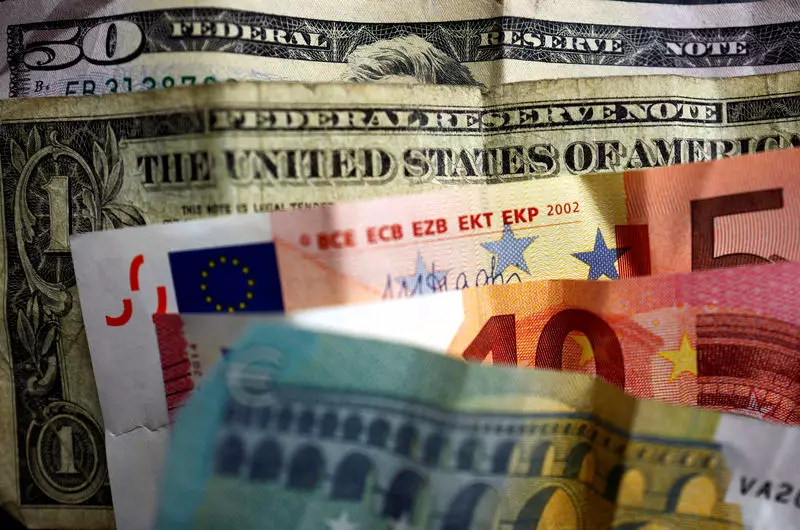Market Dynamics: The U.S. Dollar, Eurozone Inflation, and Global Economic Outlook

The financial landscape is an ever-evolving arena, where currency fluctuations and economic indicators play pivotal roles in investor sentiment and decision-making. Recently, the U.S. dollar has experienced a minor retreat from its recent highs, while the euro faces pressures due to lukewarm regional inflation data. The interplay of these currencies amidst upcoming policy meetings underlines the intricacies of global financial markets.
On a recent Tuesday morning, the Dollar Index, which evaluates the U.S. dollar against a selection of six other major currencies, demonstrated a slight stabilization at 102.915. This marks a retreat after reaching a two-month peak. However, the index remains up by an impressive 2.3% over the past month, signalling a potential end to its three-month losing streak. This rebound in demand for the dollar can largely be attributed to recent employment and inflation metrics that have led many to anticipate a more measured approach to future rate cuts by the Federal Reserve.
September saw the central bank implement a significant rate cut of 50 basis points, signaling the commencement of an easing cycle. Fed Governor Christopher Waller further reinforced the cautious narrative, advocating for gradual rate adjustments in the months to come. Market participants are keenly monitoring various Federal Reserve speakers, including notable figures such as Mary Daly and Raphael Bostic, for further insights into the central bank’s monetary policy trajectory.
Contrastingly, the euro is under pressure, particularly as the EUR/USD pair dipped by 0.2%, landing at 1.0892. The cause for this decline lies firmly in the release of regional inflation data that hints at further rate cuts by the European Central Bank (ECB). The latest figures reveal that French consumer prices experienced a greater-than-expected decrease in September, resulting in a revised annual consumer price index of only 1.4%. This rate marks the lowest level seen since early 2021, raising concerns about the effectiveness of existing monetary policies within the eurozone.
Similarly, Spanish consumer prices confirmed a fall below the ECB’s 2.0% inflation target, while German wholesale prices plummeted by 1.6% on a year-over-year basis, suggesting that fundamental price pressures in the eurozone’s economic powerhouse are feeble at best. Financial markets largely anticipate a cut in the ECB’s deposit rate, which currently stands at 3.5%, during the approaching policy meeting. Analysts from ING noted that the euro’s decline ahead of Thursday’s ECB meeting has prompted a strategic shift among traders, evidenced by decreasing net-long positions in the currency.
Meanwhile, the British pound reflected resilience in the labor market, with GBP/USD edging up 0.1% to 1.3070. This uptick followed the unexpected drop in the UK’s unemployment rate to 4% in August from 4.1%. This data indicates underlying strength, but it is tempered by declines in average earnings, prompting speculation of potential interest rate cuts by the Bank of England in their forthcoming meeting, pending Wednesday’s inflation figures.
On the Asian front, the Chinese yuan has seen a slight increase against the dollar, rising 0.4% to 7.1156. However, this movement comes amidst growing uncertainties related to China’s fiscal stimulus plans. The Ministry of Finance has been reticent, lacking in details concerning the scale and timing of the proposed measures, further clouding market sentiment. Compounded by disappointing economic readings, concerns regarding China’s economic outlook persist, propelling fluctuations in the yuan’s value.
The landscape of foreign exchange is reflective of broader economic realities. The U.S. dollar’s recent performance underscores its resilience amidst cautious fiscal strategies, while fluctuations in the euro reveal vulnerabilities tied to lackluster inflation figures. The interconnectedness of these currencies highlights the necessity for investors to remain agile and informed, as even minor shifts in economic data can lead to significant market implications. With central banks on both sides of the Atlantic poised to shape monetary policy, the coming weeks will be crucial for understanding the trajectory of global currency markets.





